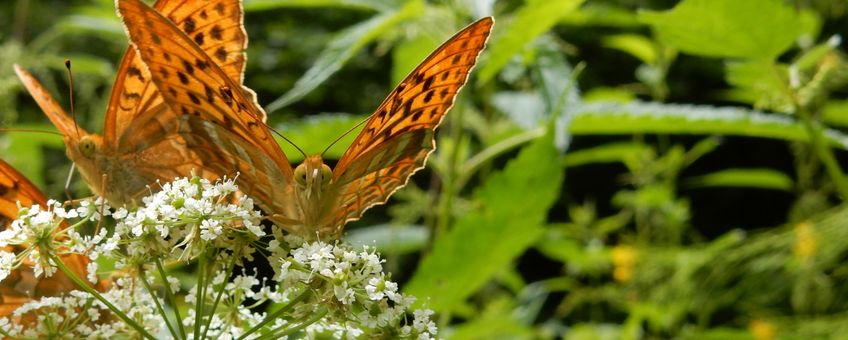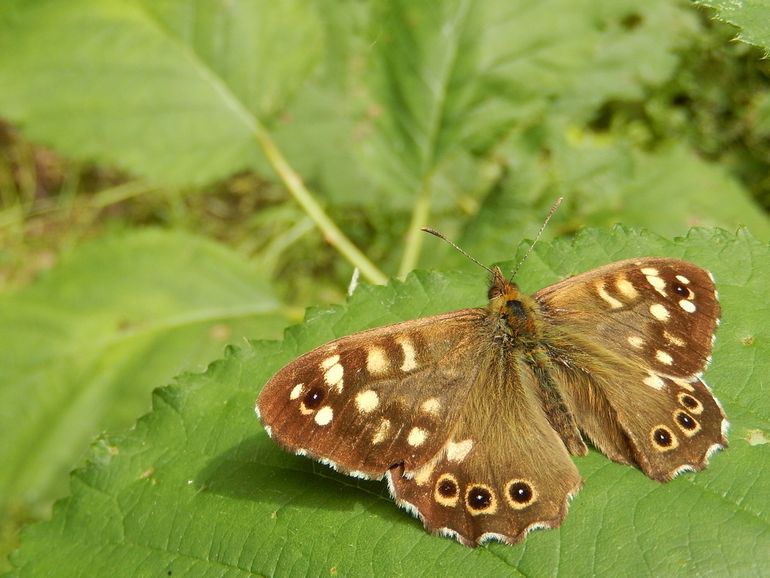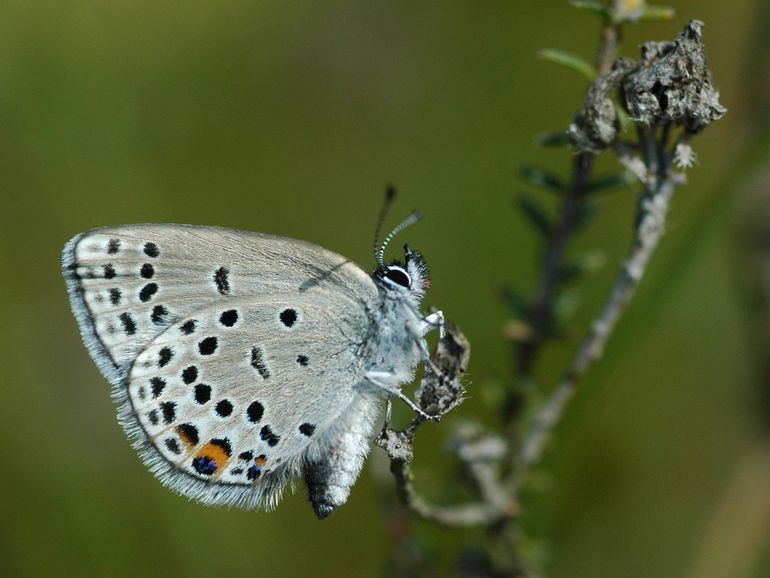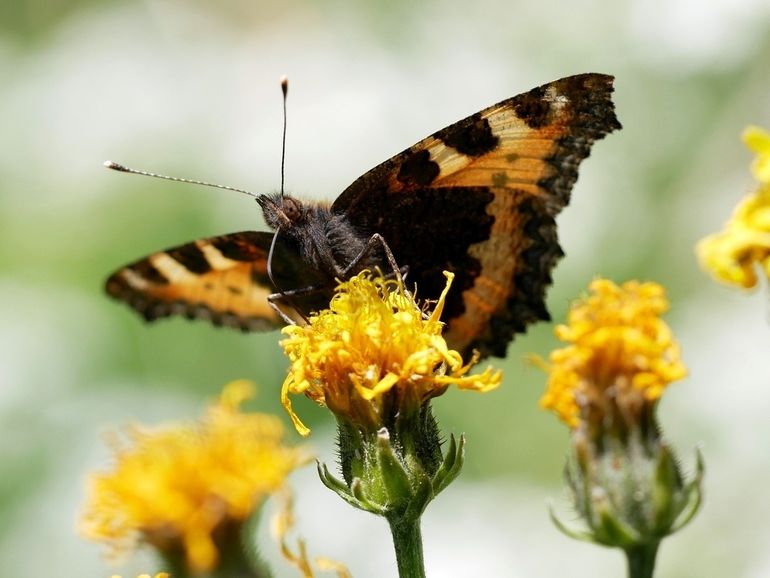
Habitat fragmentation prevents species from tracking climate change
Dutch Butterfly Conservation, Wageningen University & Research Ongoing climate change has a profound impact on biodiversity. One of the main consequences of the elevation of temperatures is a tendency for species to shift their distribution gradually towards colder regions, so that they can remain in the climatic conditions they are adapted to. This process has been observed in several species groups, but usually occurs at a slower pace than the actual velocity of climate change. Understanding the reasons behind, and the consequences of, this growing lag between climate change and species’ response is of major importance, given the current climate and biodiversity crises. In this context, a study led by researchers from France, Sweden, the Netherlands and Finland aimed to test whether the fragmentation of natural habitats could hinder species’ distribution shifts caused by climate change. To do so, researchers used a large database from monitoring programs of butterfly populations in Finland and the Netherlands, which enabled them to observe how butterfly assemblages have changed during the last decades.
Ongoing climate change has a profound impact on biodiversity. One of the main consequences of the elevation of temperatures is a tendency for species to shift their distribution gradually towards colder regions, so that they can remain in the climatic conditions they are adapted to. This process has been observed in several species groups, but usually occurs at a slower pace than the actual velocity of climate change. Understanding the reasons behind, and the consequences of, this growing lag between climate change and species’ response is of major importance, given the current climate and biodiversity crises. In this context, a study led by researchers from France, Sweden, the Netherlands and Finland aimed to test whether the fragmentation of natural habitats could hinder species’ distribution shifts caused by climate change. To do so, researchers used a large database from monitoring programs of butterfly populations in Finland and the Netherlands, which enabled them to observe how butterfly assemblages have changed during the last decades.
 The results of the study demonstrated that the area of semi-natural habitats (those that are only little impacted by human activity), as well as their spatial distribution in the landscape, both influenced the rate of species turnover. The consequences of these two aspects of habitat fragmentation differ between the 98 species considered. The colonisation of warm-adapted and mobile species was favoured when semi-natural habitats were spatially dispersed. In contrast, this raised the extinction risk of less mobile cold-adapted species, more so when habitat area was low. Thus, species that should naturally expand their distribution northward as climate warms are prevented from colonising new suitable habitats when these habitats are clustered and therefore separated by longer distances. This study provides valuable evidence of a link between the spatial configuration of natural habitats and the ability for species to respond effectively to climate change.
The results of the study demonstrated that the area of semi-natural habitats (those that are only little impacted by human activity), as well as their spatial distribution in the landscape, both influenced the rate of species turnover. The consequences of these two aspects of habitat fragmentation differ between the 98 species considered. The colonisation of warm-adapted and mobile species was favoured when semi-natural habitats were spatially dispersed. In contrast, this raised the extinction risk of less mobile cold-adapted species, more so when habitat area was low. Thus, species that should naturally expand their distribution northward as climate warms are prevented from colonising new suitable habitats when these habitats are clustered and therefore separated by longer distances. This study provides valuable evidence of a link between the spatial configuration of natural habitats and the ability for species to respond effectively to climate change.
 It indicates two important perspectives for the management of natural landscapes in a context of rapid climate change. First, strengthening habitat networks by providing stepping stones may allow warm-adapted species to shift their range. Secondly, the persistence of less mobile species threatened by a warming climate calls for increasing the area and spatial cohesion of their habitat.
It indicates two important perspectives for the management of natural landscapes in a context of rapid climate change. First, strengthening habitat networks by providing stepping stones may allow warm-adapted species to shift their range. Secondly, the persistence of less mobile species threatened by a warming climate calls for increasing the area and spatial cohesion of their habitat.
More information
Text: Yoan Fourcade, Université Paris-Est Créteil and Michiel Wallis de Vries, Dutch Butterfly Conservation and Wageningen UR
Photo’s: Kars Veling (lead photo: Silver-washed Fritillaries); Chris van Swaay; Jaap Bouwman
